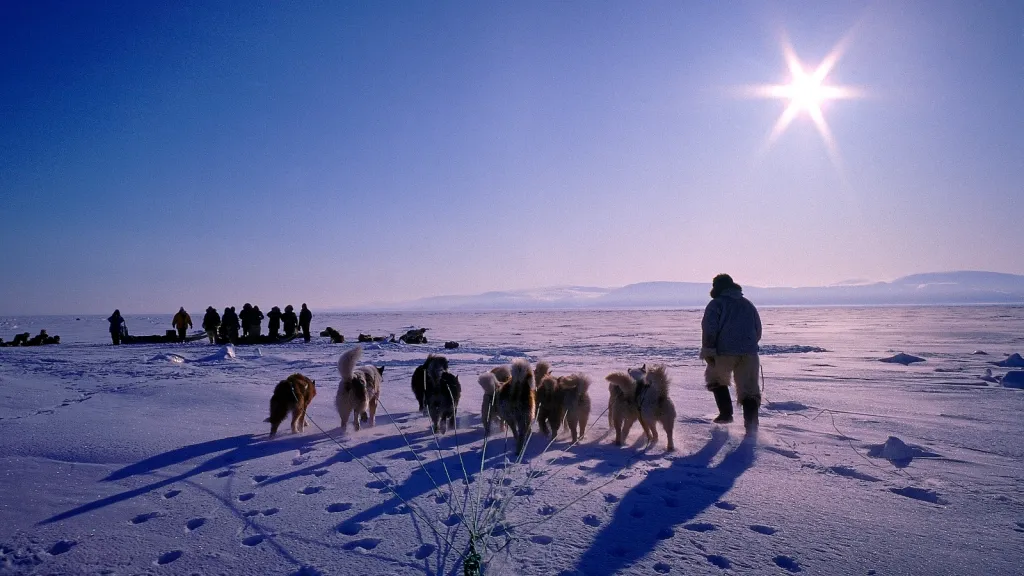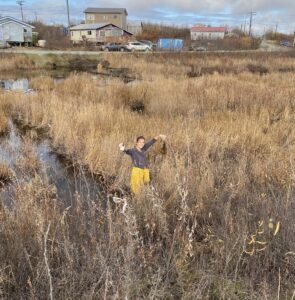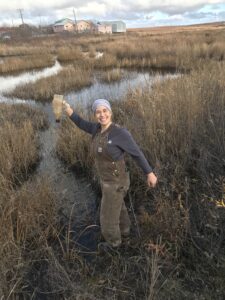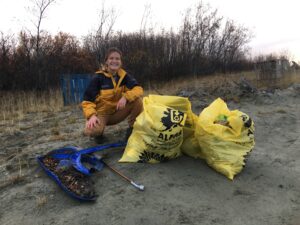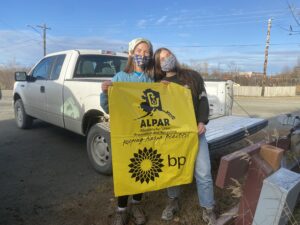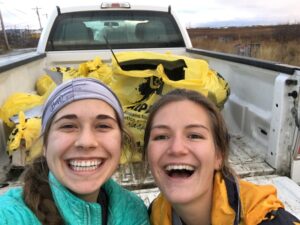Job Description
Department: Natural Resources
Job Title: Environmental Program Coordinator
FLSA Status: Exempt
Salary Range: $22.00 Beginner/or DOE
Supervisor: Director of Natural Resources
General Description: The Environmental Program Coordinator works under the supervision of the Natural Resources Director. He/she is responsible for managing the oversite of the Environmental Programs. He/she will collaboratively coordinate the supervision of the Environmental Technician in efforts to supplement environmental activities and assignments as addressed in the IGAP work plan(s). He/she will conduct outreach based on environmental education and awareness practices. He/she is responsible for preparing and applying for federal grant proposals, submitting all reportable documentations in a timely manner. He/she will build professional programmatic core capacity strength through a series of establishing partnerships, networking with local organizations and outside resources, attending region-wide and nationwide trainings and meetings through the environmental network while representing OTNC tribal interests.
The Environmental Program Coordinator is responsible for prioritizing work plan commitments, continue practices in collaboration & planning environmental education, supervise, hire and train employees and interns in the OTNC Environmental Program.
Duties and Responsibilities: Oversight of a comprehensive environmental program to enhance quality of life for ONC’s Tribal membership to include the following:
- Supervise the Environmental Technician and other environmental programs under the OTNC.
- Research and pursue additional funding opportunities to further the development of the OTNC Environmental Program.
- Implementation and maintenance of air and water quality monitoring projects to obtain baseline data information systems
- Demonstrate implementation skills based on environmental education and awareness practices for the community of Bethel through the IGAP program & work plan.
- Build capacity partnerships at the professional level with local and outside organizations and resources through the environmental network.
- Create environmental plan, conduct and supervise environmental assessments, seek training supported by the environmental program to supplement administration and program capacity
- Work well with related Tribal organizations, local organizations, and governmental entities and outside resources based on environmental issues.
- Collaboratively continue building and enhance the OTNC Environmental Program in accordance with the identified needs and priorities as established by environmental assessments and constituency concerns prioritizing the protection of human & environmental health for our tribal community.
- Other program duties as assigned by the Natural Resources Director
Qualifications: High School diploma or greater. Knowledge or experience in conducting survey assessments, policy development and procedures of state and federal environmental programs. Ability to work well with related tribal organizations and other governmental entities on environmental issues. Self-motivated individual able to carry out program activities and represent agency interests without direct or daily supervision. Good computer, data compilation, communications and grant writing skills. Must have a valid driver’s license and be willing/able to travel when necessary.
ONC is an equal opportunity employer. Within the concept of Native Preference, all applicants will receive consideration without regard to race, color, sex, religion, national origin or other non-merit factor.

